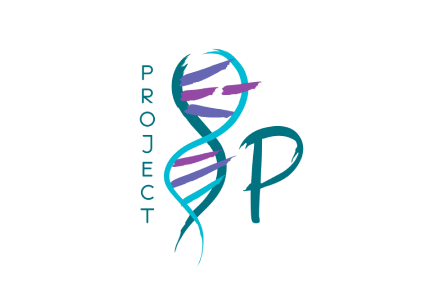Project 8p
Cycle 1
Chromosome 8p disorders are rare genetic conditions with approximately 350 patients around the world and counting. The majority of affected individuals have developmental delays including disordered acquisition of cognitive and social competence and delays in reaching developmental milestones.
Last updated 04/30/2025
Clinical
Disease Class
Cardiac malformations
Developmental anomalies during embryogenesis
Neurological diseases
Body Systems
Cardiovascular / Circulatory
Digestive
Endocrine
Metabolic
Muscular / Skeletal
Nervous / Sensory
Organs
Bones
Brain
Connective tissue / joints
Eyes
Heart
Intestines
Kidneys
Liver
Mouth / teeth
Muscles
Nerves
Pancreas
Skin
Stomach
Known Genetic Link
Yes, one or more genes directly cause the condition
causative_genes
None specified / unknown
contributory_genes
None specified / unknown
Type of Inheritance
De novo
Newborn Screening
Yes, in some states
Disease Mechanism(s)
Abnormal cell proliferation
Unknown
Age of Onset
Infancy (age 0-1)
Prebirth
Average Age at Diagnosis
Early childhood (age 1+-5)
Middle childhood (6-11)
Life Expectancy
Adulthood (age 18-64)
Affected Sex(es)
Female
Male
National Prevalence
101-1000
Global Prevalence
101-1000
National Incidence
51-100
Global Incidence
51-100
Symptoms / Phenotypes
autism
autistic behavior
balance problems
cardiac abnormalities
developmental delay
distinctive facial features
feeding difficulties
growth delay / deficiency
hyperlaxity / joint laxity
hypertonia
hypotonia
intellectual disability
movement disorders / ataxia / tremor
seizures / epilepsy
sensory processing disorder / sensory hypersensitivity
sleep disorders
speech problems / apraxia
vision problems
Biomarkers
Diagnostic
Existing Therapies
Complementary and Alternative treatments
FDA-Approved for Symptom Relief
· seizure medication
Organizational & Research
Cell Lines
Fibroblasts
iPSCs
NPCs
Plasma
Cell Lines, Institution
Harvard University
Mt. Sinai
Sampled
Van Andel Institute
Yale University
Cell Lines, Involvement
Designed
Funded
Own
Cell Lines, share
Some of our cell lines are freely available
Disease Model
Organoids
Disease Model, Involvement
Consulted
Designed
Funded
Disease Model, share
Some of our disease models are freely available
Clinical Trial Role
Not involved
Biobank, Institution
Sampled
Van Andel Institute
Biobank, Involvement
Funded
Center of Excellence, Institution
Colorado Children's
Center of Excellence, Involvement
Funded
Registry
Yes, we have a registry that we created
Data Collected, Registry
Clinical data
Electronic health records/electronic medical records
Genetic data
Imaging data
Longitudinal natural history data
Medication usage
Patient contact info
Patient-reported data
Data Entered by, Registry
Both
Platform, Registry
Matrix
Natural History Study
Yes, we have a natural history study that we created
Data Collected, Natural History Study
Clinical endpoints (outcomes)
Electronic health records/electronic medical records
Genetic data
Imaging data
Medication usage
Patient-reported outcomes
Prospective data
Retrospective data
Platform, Natural History Study
Matrix
RARE-X
FDA Patient Listening Session
No
FDA Patient-Focused Drug Development (PFDD) Program
No
ICD Codes
We are working on obtaining an ICD-10 code
We are working on obtaining an ICD-11 code
Diagnostic Guidelines
Yes, we have guidance available on our website
Yes, we have published formal guidelines in a peer-reviewed journal
Science Advisory Board Policies
Yes, willing to share SAB policies
Research Network Policies
Has CRN and willing to share policies
Research Roadmap
Yes we have a Research Roadmap, and will share policies
International Chapters
None
International Partners
Europe
